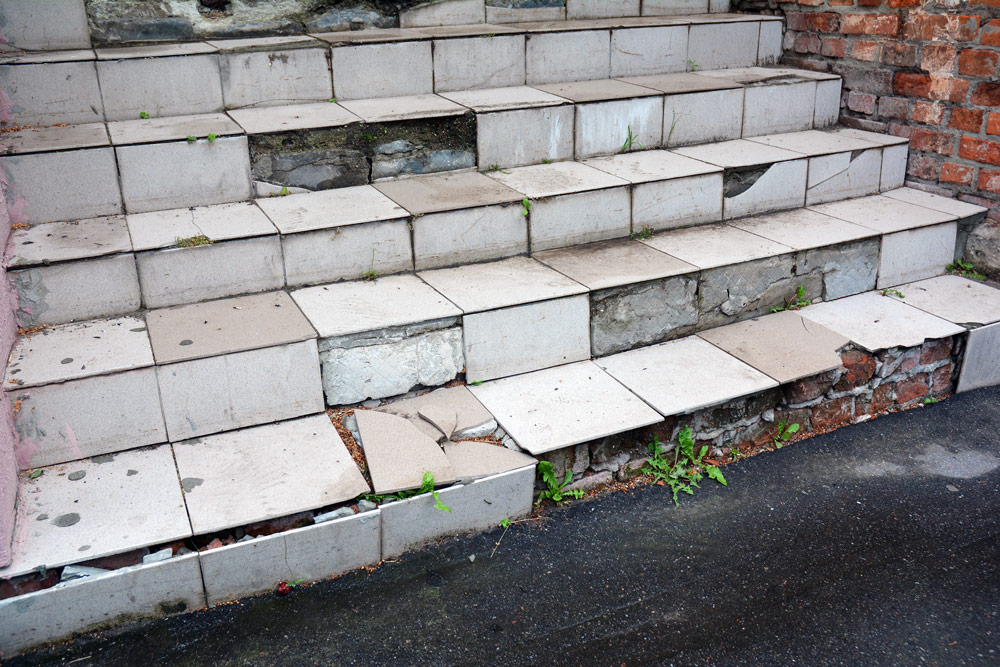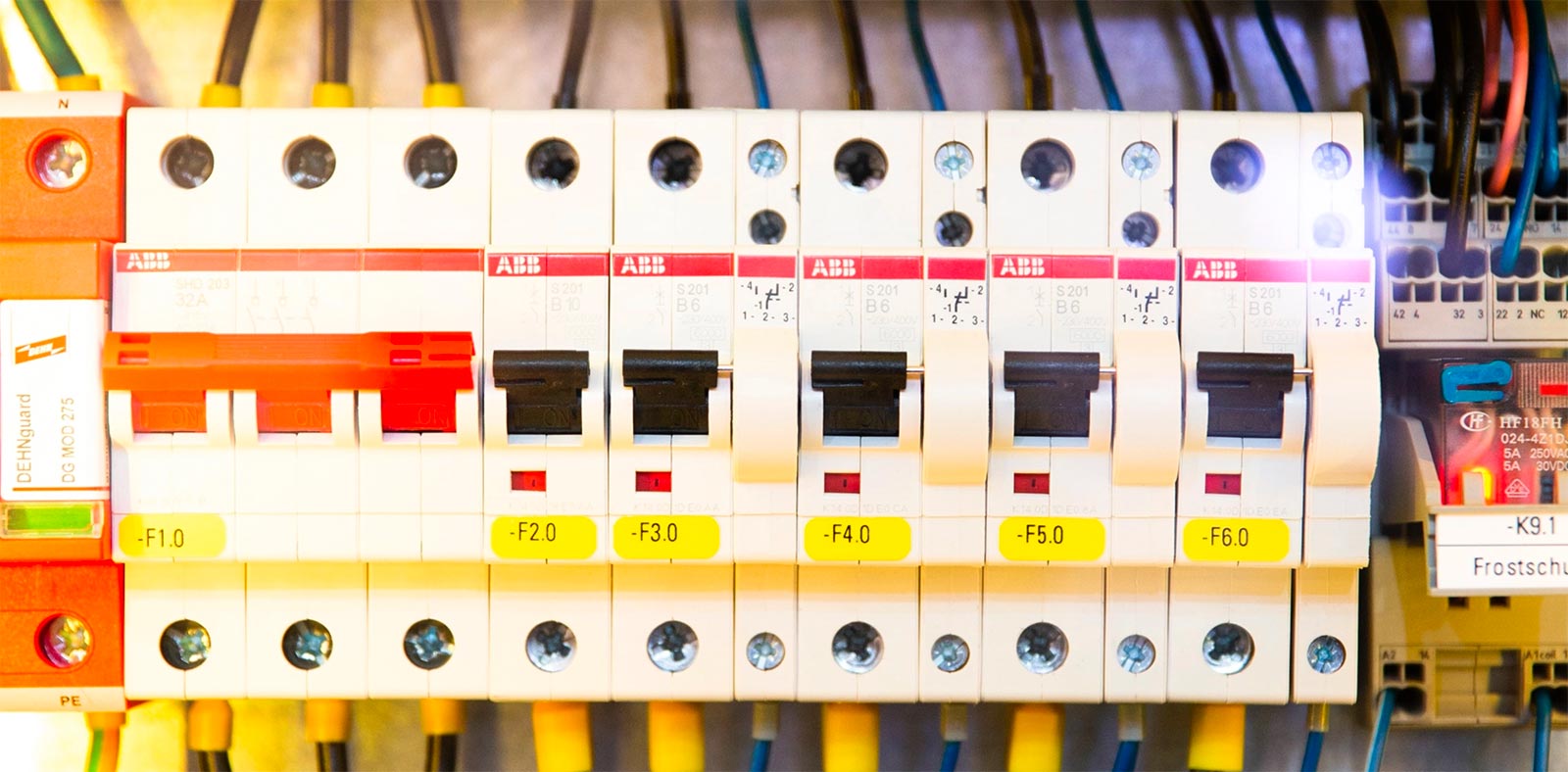
Service Checks
The Services are visually inspected. The Surveyor does not assess any services to make sure they work efficiently and safely, or comply with current regulations.
If any services are turned off, the Surveyor does not turn them on.
Electricity
Accessible parts of the wiring are visually inspected without removing or undoing fittings.
No tests whatsoever are carried out to the system or appliances.
Safety Warning
The Electrical Safety Council recommends that you should get a Registered electrician to check the property and its electrical fittings at least every 10 years, or on change of occupancy. All electrical installation work undertaken after the 1st January 2005 should have appropriate certification. For more advice contact the Electrical Safety Council.
Gas / Oil
Accessible parts of the system(s) are visually inspected without removing or undoing fittings. No tests whatsoever are carried out to the system(s) or appliances.
Safety Warning
All gas and oil appliances and equipment should be regularly inspected, tested, maintained and serviced by a Registered ‘competent person’ and in line with the manufacturers instructions. This is important to make sure that all the equipment is working correctly, to limit the risk of fire and carbon monoxide poisoning, and to prevent carbon dioxide and other green house gasses from leaking into the air.
For more advice, contact the Gas Safe Register for gas installations, and OFTEC for oil installations.
Water
Accessible parts of the system are visually inspected without removing or undoing fittings. No tests whatsoever are carried out to the system or appliances.
Heating
Accessible parts of the system are visually inspected apart from communal systems, which are not inspected. No tests whatsoever are carried out to the system or appliances.
Water Heating
Accessible parts of the system are visually inspected apart from communal systems, which are not inspected. No tests whatsoever are carried out to the system or appliances.
Drainage
On residential properties, where inspection chambers are accessible, within the curtiledges of the subject property and able to be safely lifted by the Surveyor, then the drain runs are tested for condition and velocity (provided of course that a water supply is available).
In the case of Flats, Commercial Properties, Shops and the like, the inspection chambers are not lifted and the drains are not tested.
Other Matters
The Surveyor does not inspect the common services in flats or commercial properties and gives general comment only. These common services include – refuse chutes, bin stores etc., elevators, phone systems, CCTV, lighting and heating in common areas.
Hazards
The Surveyor will comment upon safety issues where these issues are visible / accessible and may be dangerous to occupants or others. Typically these would include asbestos, lead water pipes, escape windows, fire precautions, appropriate safety glass, dangerous stairs / handrails, gas leaks, dangerous electrics, dangerous parts of the structure, trip hazards, dangerous landscape elements, compliance to Building Regulations where appropriate.
Electricity
Accessible parts of the wiring are visually inspected without removing or undoing fittings.
No tests whatsoever are carried out to the system or appliances.
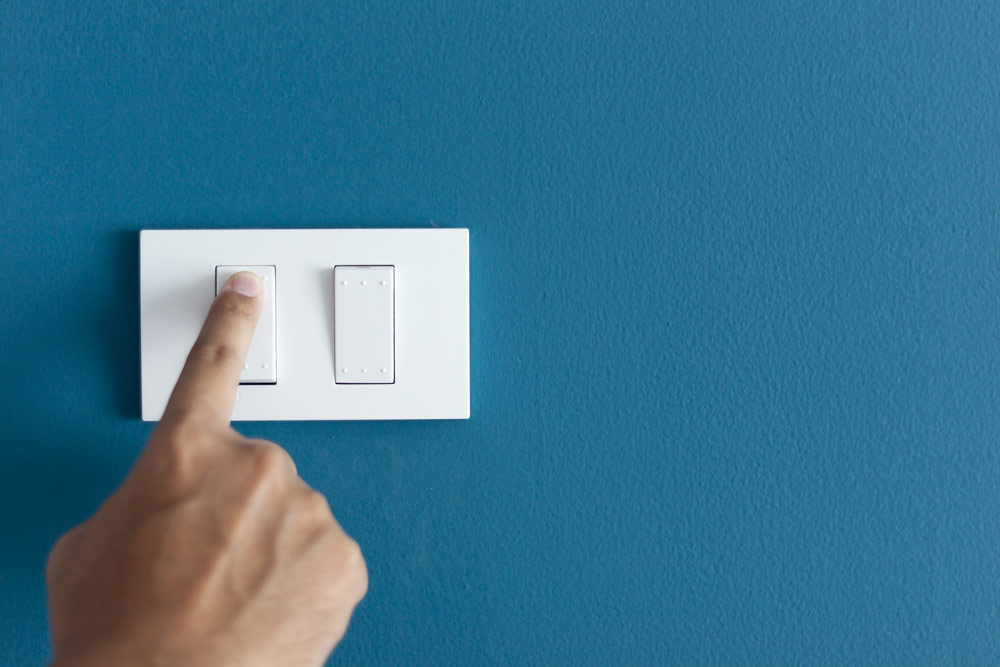
Safety Warning
The Electrical Safety Council recommends that you should get a Registered electrician to check the property and its electrical fittings at least every 10 years, or on change of occupancy. All electrical installation work undertaken after the 1st January 2005 should have appropriate certification. For more advice contact the Electrical Safety Council.
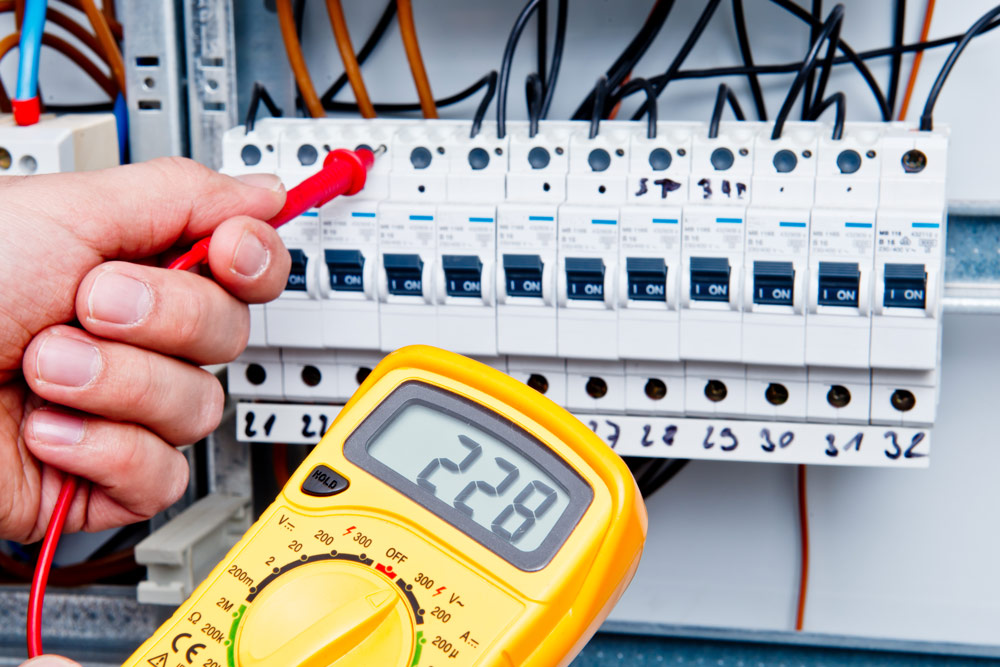
Gas / Oil
Accessible parts of the system(s) are visually inspected without removing or undoing fittings. No tests whatsoever are carried out to the system(s) or appliances.
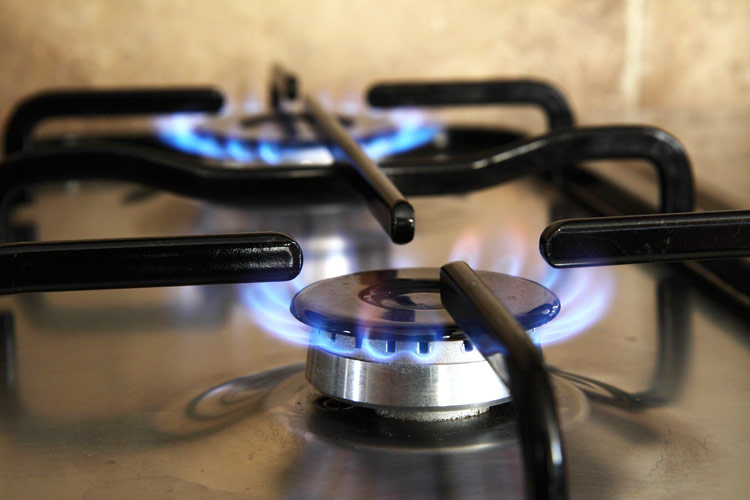
Safety Warning
All gas and oil appliances and equipment should be regularly inspected, tested, maintained and serviced by a Registered ‘competent person’ and in line with the manufacturers instructions. This is important to make sure that all the equipment is working correctly, to limit the risk of fire and carbon monoxide poisoning, and to prevent carbon dioxide and other green house gasses from leaking into the air.
For more advice, contact the Gas Safe Register for gas installations, and OFTEC for oil installations.
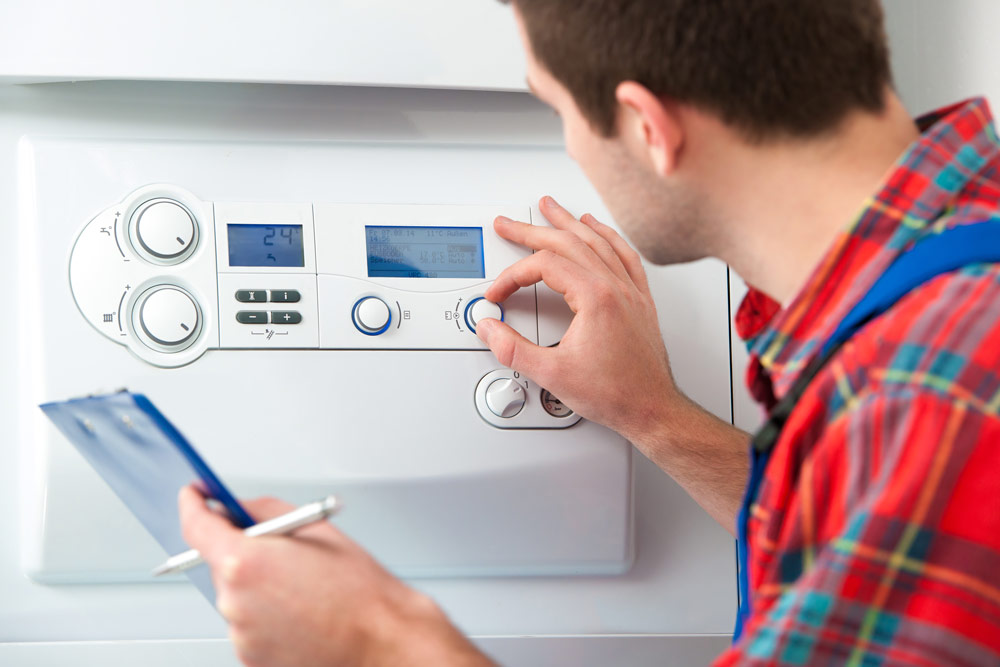
Water
Accessible parts of the system are visually inspected without removing or undoing fittings. No tests whatsoever are carried out to the system or appliances.
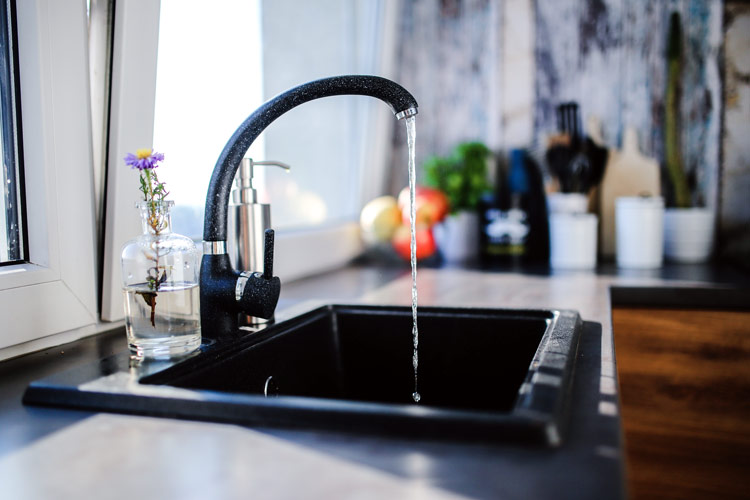
Heating
Accessible parts of the system are visually inspected apart from communal systems, which are not inspected. No tests whatsoever are carried out to the system or appliances.
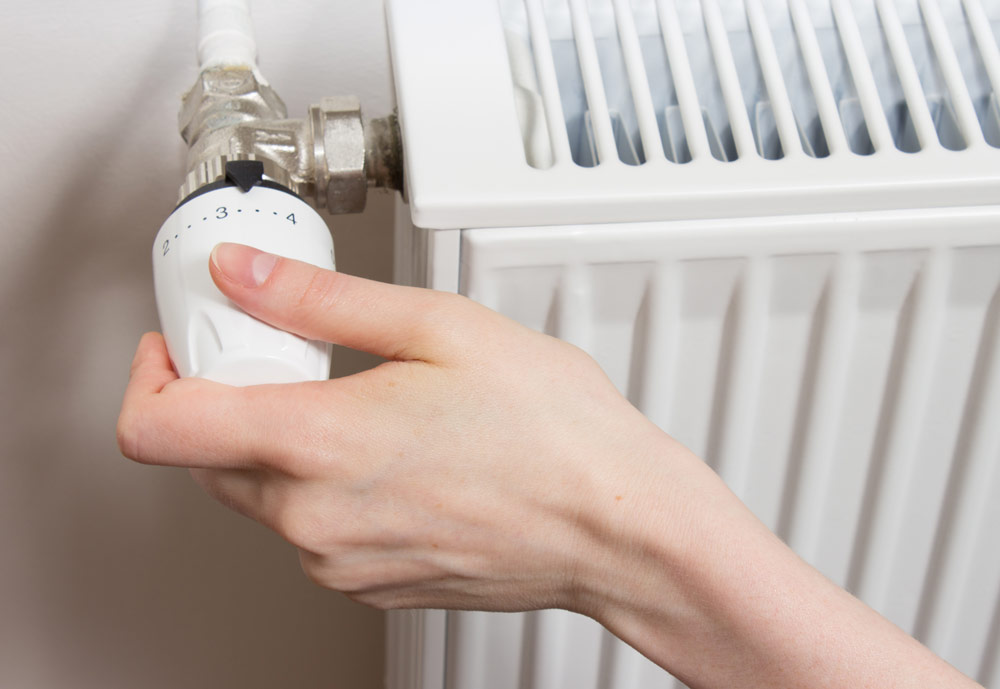
Water Heating
Accessible parts of the system are visually inspected apart from communal systems, which are not inspected. No tests whatsoever are carried out to the system or appliances.
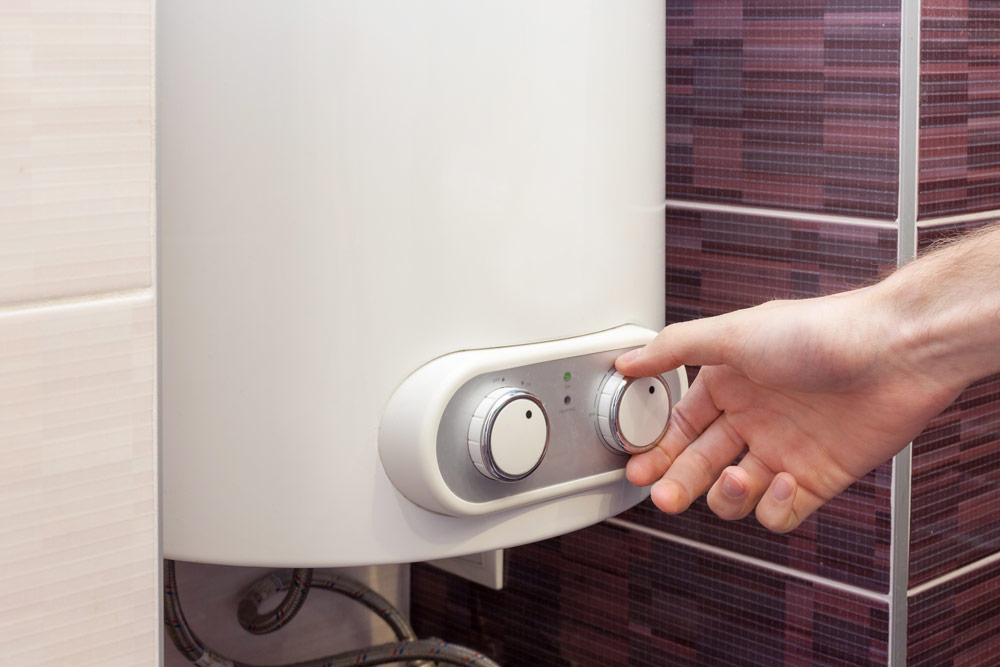
Drainage
On residential properties, where inspection chambers are accessible, within the curtiledges of the subject property and able to be safely lifted by the Surveyor, then the drain runs are tested for condition and velocity (provided of course that a water supply is available).
In the case of Flats, Commercial Properties, Shops and the like, the inspection chambers are not lifted and the drains are not tested.
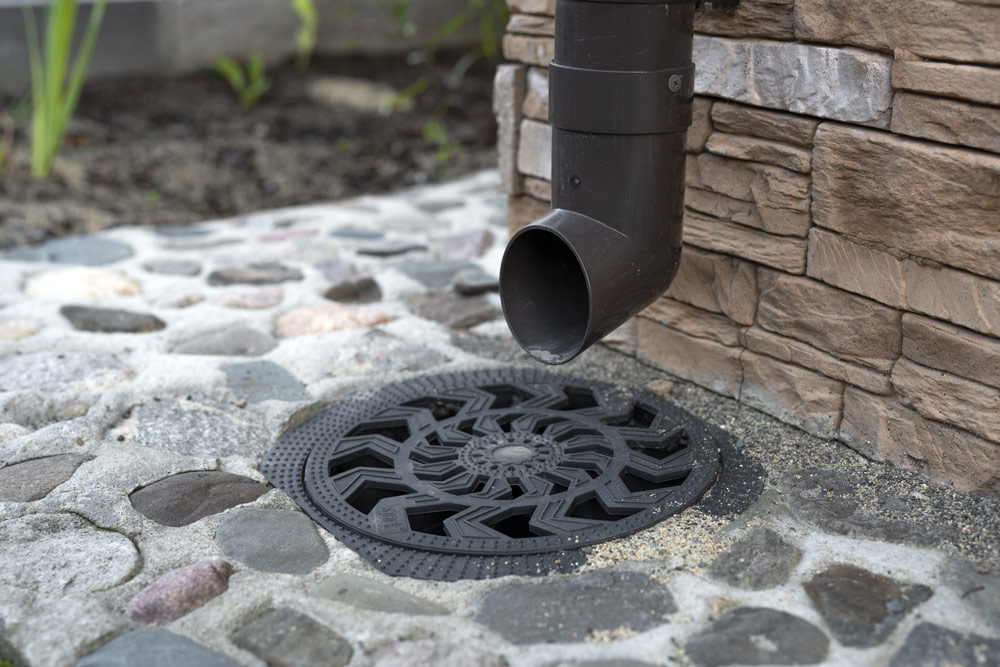
Other Matters
The Surveyor does not inspect the common services in flats or commercial properties and gives general comment only. These common services include – refuse chutes, bin stores etc., elevators, phone systems, CCTV, lighting and heating in common areas.
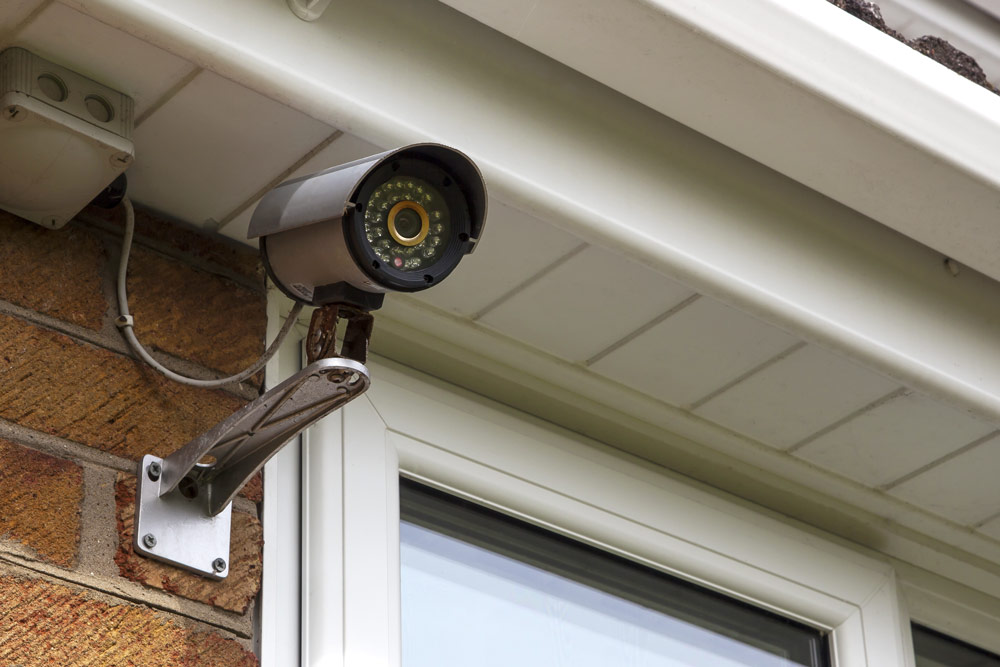
Hazards
The Surveyor will comment upon safety issues where these issues are visible / accessible and may be dangerous to occupants or others. Typically these would include asbestos, lead water pipes, escape windows, fire precautions, appropriate safety glass, dangerous stairs / handrails, gas leaks, dangerous electrics, dangerous parts of the structure, trip hazards, dangerous landscape elements, compliance to Building Regulations where appropriate.
